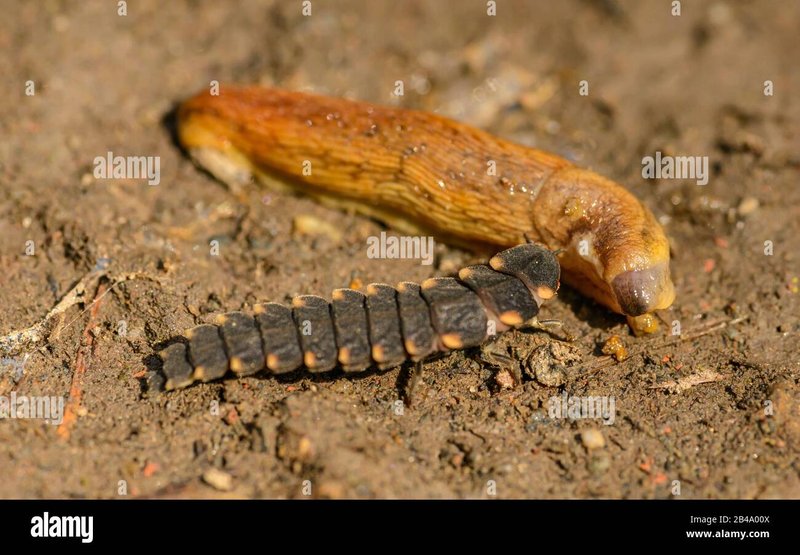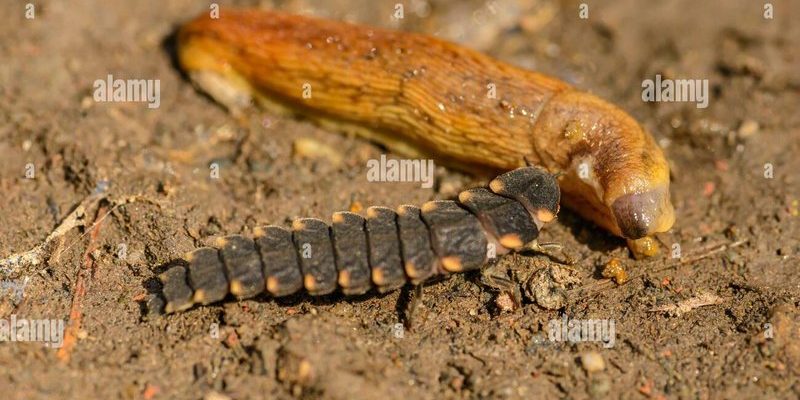
Imagine being a glow worm for a moment. You’re nestled in your cozy little spot, waiting patiently for dinner to come to you. The dinner’s not just any meal; it’s a buffet of insects that you snag right from your sticky silk threads. Let me explain how these fascinating little critters manage their feeding habits and what exactly fills their bellies.
Understanding Glow Worms
Before diving into their feeding habits, it’s essential to know what glow worms really are. Glow worms belong to various species, but the most well-known are the Lampyridae family, particularly the *Lampyris noctiluca* in Europe and *Arachnocampa luminosa* in New Zealand. They’re not actually worms; they’re larvae that emit a beautiful glow thanks to bioluminescence, a chemical reaction in their bodies.
But why do they glow? Think of it as a clever strategy to attract prey. The glow serves as a beacon, guiding small flying insects right into their sticky silk traps. Imagine a luminescent spider web, but instead of a spider, you have a glow worm waiting to feast on its unsuspecting dinner!
What Do Glow Worms Eat?
You might be wondering, “What’s on the menu for these glowing larvae?” Glow worms primarily feast on small insects, and their favorites include flies, moths, and mosquitoes. They lure these insects using their glowing silk threads, which stick to the prey when they come too close.
When a bug gets trapped, the glow worm can pull its meal closer and feast on it. This hunting technique is pretty effective—it’s like having a light-up welcome mat for dinner guests! The glow worm doesn’t need to chase after its food, which makes its feeding strategy efficient and energy-saving.
The Role of Silk Threads
Silk threads play a crucial role in how glow worms catch their food. After spinning a silk thread in a Y-shape, they strategically place it in their dark environment. Here’s where the magic happens: the glow of the larvae attracts insects, which fly towards the light.
Once they hit the threads, they often get stuck. It’s like getting caught in a sticky trap! The glow worm can then pull the trapped insect into its grasp, using its strong jaws to consume the meal. This method doesn’t just make meal prep easier; it ensures the glow worm gets the nutrients it needs without much effort.
Feeding Frequency and Patterns
Feeding patterns in glow worms can vary based on their environment and availability of food. Typically, they’re most active at night, hunting for food to sustain their glowing lifestyle. They often feed several times a week, depending on how plentiful their prey is.
You might be curious about what happens when food is scarce. During lean times, glow worms can slow down their metabolism and enter a sort of hibernation mode. They conserve energy until food becomes plentiful again. It’s a fascinating survival strategy that ensures they can withstand periods of low insect activity.
The Importance of Habitat
The habitat of glow worms plays a significant role in their feeding habits. They thrive in humid, dark environments, like caves, forests, and areas near streams. These settings not only provide ideal hunting grounds but also a proper environment for their glowing silk threads to be effective.
In drier or more exposed locations, glow worms struggle to survive. The lack of moisture can affect their silk production and reduce the number of insects in the area. That’s why preserving their natural habitats is so vital. Healthy ecosystems support not just glow worms but the entire food web around them.
Glow Worms and Their Ecosystem
Glow worms play a unique role in their ecosystems. By preying on insects, they help control populations of pests. This natural pest management keeps insect populations in check, ensuring balance within their habitats.
Moreover, they’re part of the food chain. Birds and other predators eat glow worms, linking them to larger wildlife dynamics. Their glowing presence is also a signal of healthy ecosystems. If glow worms are thriving, it usually indicates a rich environment where multiple species coexist.
Conservation of Glow Worms
Unfortunately, glow worms face several threats due to habitat destruction, pollution, and climate change. Light pollution can disrupt their glow, making it harder for them to attract prey. Conservation efforts are crucial to protect their habitats and ensure these magical creatures continue to thrive.
If you’re interested in helping glow worms, consider supporting local conservation initiatives, participating in clean-up campaigns, or even reducing light pollution in your area. Every little action can contribute to preserving their enchanting glow for future generations to enjoy.
Glow worms are more than just beautiful lights in the dark; they have intricate feeding habits and play essential roles in their ecosystems. From their ingenious hunting techniques to their dependence on humid habitats, understanding what they eat and how they live helps us appreciate these glowing wonders even more.
So, the next time you spot a glow worm shining softly in the night, remember: there’s a whole world of hunting and survival happening beneath that mesmerizing glow! By protecting their habitats, we can ensure that glow worms continue to enchant us for years to come.

